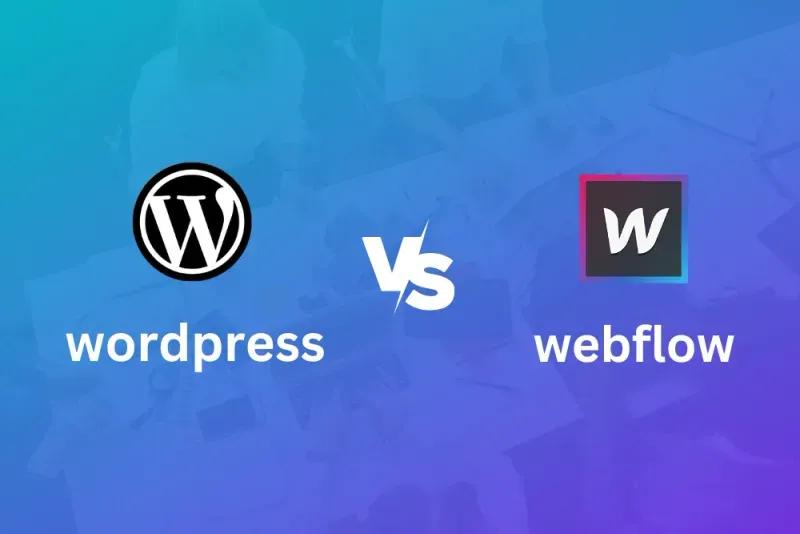Development
Webflow vs WordPress: Which Website Builder is the Right Choice for Your Business?
When it comes to choosing a website builder, two of the most popular options are Webflow and WordPress. Both platforms have their own strengths and weaknesses, and the choice between the two will depend on your specific needs and goals. In this blog post, we'll compare Webflow and WordPress to help you determine which website builder is the right choice for your business.
Ease of Use
Webflow offers an intuitive drag-and-drop interface that allows you to create a website without needing any coding knowledge. The platform also includes a range of pre-built templates and elements, making it easy to create a professional-looking website quickly.
WordPress, on the other hand, has a steeper learning curve and can be more difficult to use for beginners. While the platform does offer a range of themes and plugins that can be used to customize your website, it can be overwhelming for those without technical expertise.
Winner: Webflow. Webflow's intuitive interface and pre-built templates make it the better choice for beginners.
Customization
Webflow offers a high degree of customization, allowing you to create a truly unique website design. The platform offers full control over the design and layout of your website, including the ability to add custom CSS and HTML code. This level of customization is perfect for businesses that want a unique look and feel for their website.
WordPress also offers a high degree of customization, with a vast library of themes and plugins that can be used to customize your website. However, this level of customization can be overwhelming for beginners and requires some technical expertise to achieve.
Winner: Tie. Both platforms offer a high degree of customization, but the level of customization will depend on your technical expertise.
SEO
Search engine optimization (SEO) is an important consideration for any website, as it determines how visible your site is in search engine results. Both Webflow and WordPress offer built-in SEO features, but there are some differences between the two.
Webflow offers a range of SEO features, including the ability to customize page titles, meta descriptions, and URLs. The platform also offers a built-in sitemap, which can be used to improve your website's visibility in search engine results.
WordPress also offers a range of SEO features, including the ability to customize page titles, meta descriptions, and URLs. The platform also offers a range of SEO plugins, including Yoast SEO, which can be used to improve your website's visibility in search engine results.
Winner: Tie. Both platforms offer a range of SEO features, and the choice between the two will depend on your specific needs.
Security
Security is an important consideration for any website, as it determines how secure your website is from hackers and other malicious attacks. Both Webflow and WordPress offer built-in security features, but there are some differences between the two.
Webflow includes a range of built-in security features, including SSL encryption, automatic backups, and DDoS protection. The platform also offers a range of advanced security features, such as two-factor authentication and password protection for individual pages.
WordPress also offers a range of built-in security features, including SSL encryption and automatic backups. However, the platform is more vulnerable to security threats due to the sheer number of websites using the platform, making it a prime target for hackers.
Winner: Webflow. Webflow's built-in security features make it the better choice for businesses that want to ensure the security of their website.
Pricing
Webflow offers a range of pricing options, depending on your needs and budget. Pricing starts at $12 per month for a basic website, with higher pricing tiers offering more advanced features.
WordPress is an open-source platform, meaning that the platform itself is free to use. However, you will need to pay for hosting and any premium themes or plugins that you want to use.



